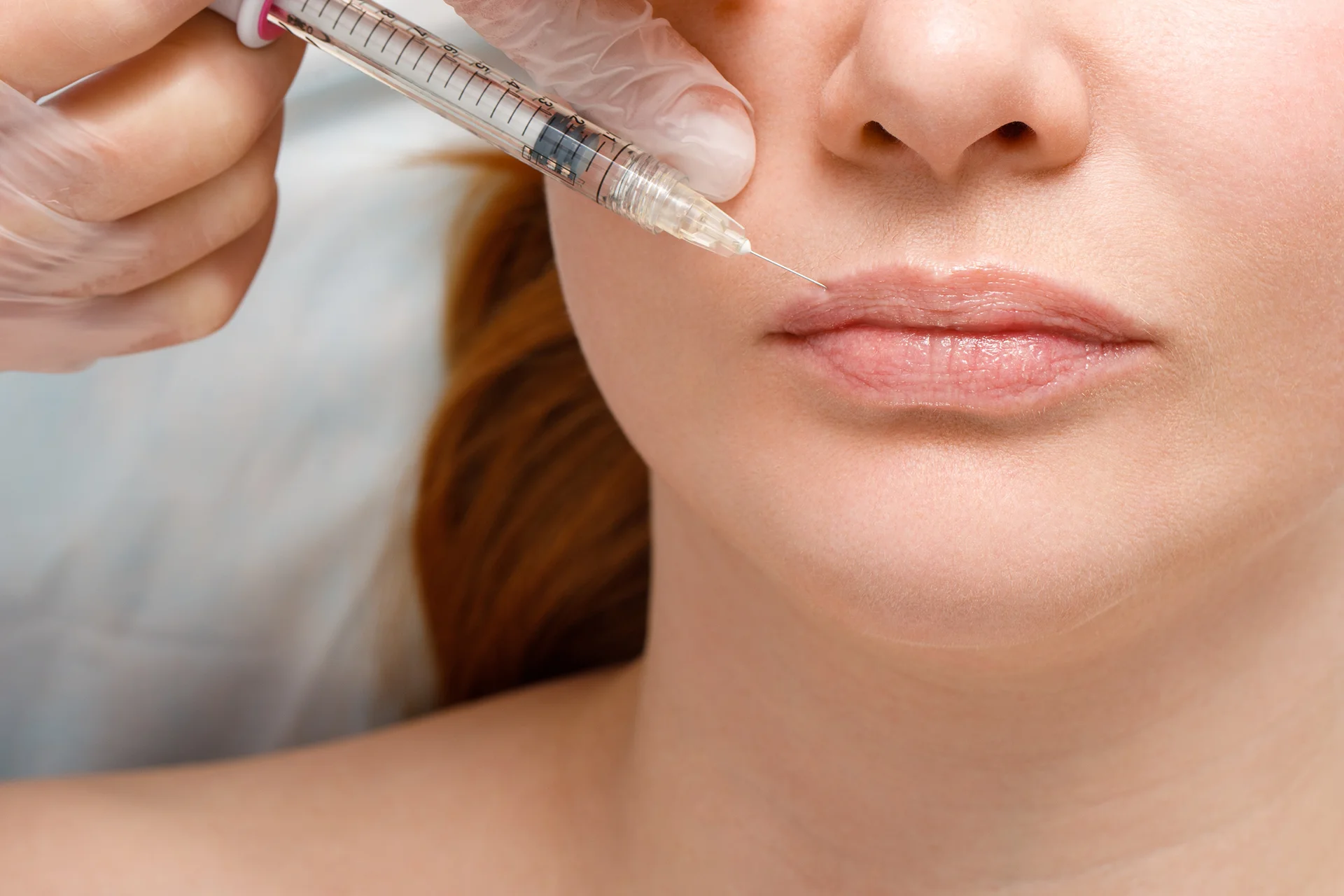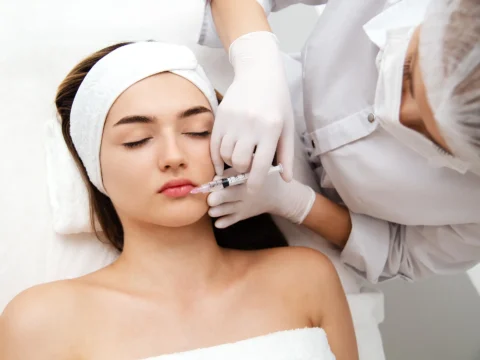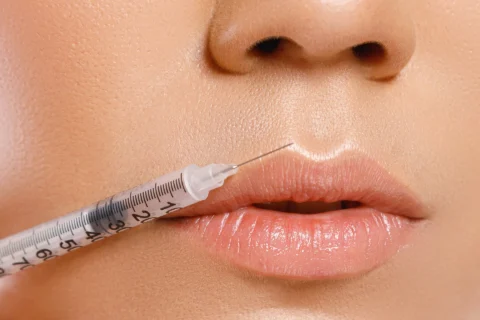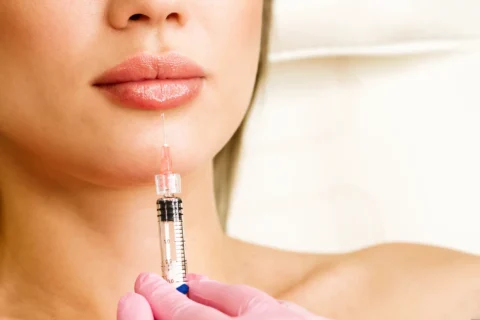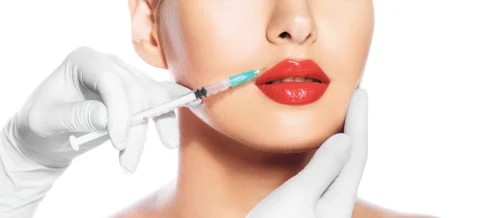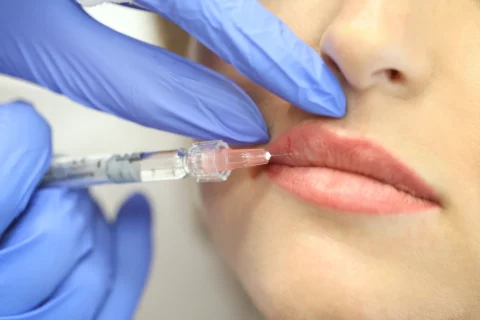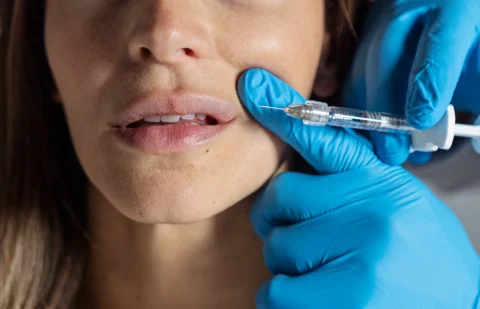Discover the causes and solutions for extreme swelling after lip filler (and how to avoid it!)
Considering lip fillers for a fuller smile?
Ever wondered if extreme swelling after lip filler injections is a real concern?
Whether you’re a first-timer or a seasoned lip filler enthusiast, this article equips you with the knowledge to make informed decisions about your cosmetic journey.
Contact Ethos Aesthetics + Wellness for valuable insights to ensure a smooth and satisfying lip augmentation experience.
What is Extreme Lip Filler Swelling?
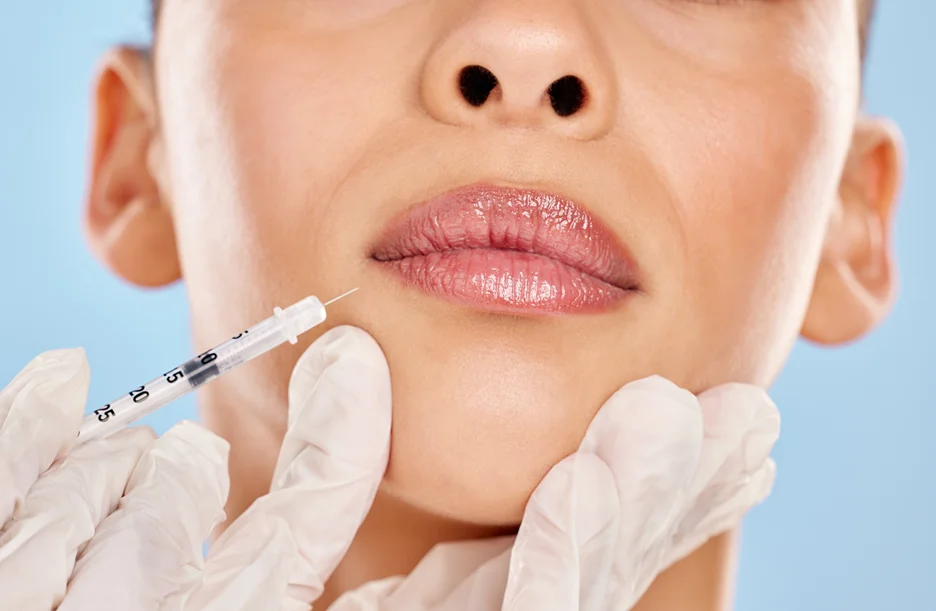
If you’ve recently undergone a lip filler procedure, understanding the causes and management of lip filler swelling is essential for a smooth recovery.
Swelling is a natural part of the healing process after lip augmentation with injectable fillers. It’s a sign that your body is responding to the treatment and adapting to the changes. While most swelling should diminish within 1-2 days, extreme or prolonged swelling may require medical attention.
To manage swelling, apply ice immediately after the procedure and avoid strenuous activities for 24-48 hours. It’s crucial to monitor the swelling and seek professional advice if it becomes severe or accompanied by pain.
How to Manage Extreme Swelling After Lip Fillers
To effectively manage swelling after lip fillers, there are several steps you can take.
First, monitor the progress and apply ice immediately after the procedure to reduce inflammation. Swelling is a common side effect of lip fillers, but using a cold compress or ice pack can help reduce swelling and soothe the treated area.
Keeping your head elevated while resting can help reduce swelling, so try to prop yourself up with pillows. Staying hydrated is also important, as it supports your body’s recovery process.
Consider using Arnica tablets, as they’re known to help with swelling and bruising. These tablets can be taken orally and may provide some relief.
It’s important to remember that if you experience extreme or prolonged swelling, consult your practitioner for further evaluation and guidance. They can assess your situation and provide appropriate advice or treatment.
Unlock the Art of Beautiful Lips – Master Swelling Management Like a Pro!
Tips to Reduce Swelling After Lip Fillers
After managing swelling after lip fillers, now focus on simple and effective ways to reduce it.
Here are three tips to help you reduce swelling after lip fillers:
- Apply a Cold Compress: Gently press a cold compress against your lips for 10 minutes at a time to alleviate swelling.
- Stay Hydrated: Drink plenty of water to aid in the healing process and reduce swelling.
- Arnica Tablets: Arnica tablets may help minimize swelling and bruising, potentially speeding up the recovery process.
By following these tips, you can actively work towards reducing swelling after lip fillers, promoting a quicker and more comfortable recovery.
Always remember to consult your practitioner if you experience extreme or prolonged swelling, as it may require treatment with hyaluronidase.
How to Recognize Abnormal Swelling After Lip Fillers
While some swelling is expected after lip filler injections, you should be aware of signs that may indicate a problem.
If you experience severe or prolonged swelling, especially if it’s accompanied by intense pain, redness, or heat in the treated area, it’s essential to seek medical assistance promptly.
If the swelling is disproportionate between the lips or affects your ability to breathe or swallow, don’t hesitate to contact your practitioner or visit the nearest healthcare facility.
Your well-being is paramount, and addressing abnormal swelling promptly can prevent potential complications.
Lip Filler Swelling Timeline
You may experience the process of lip filler swelling as your body responds to the injections. It’s important to understand how your body reacts to the lip filler to manage the swelling effectively.
Here’s what you can expect:
- Initial Swelling: Right after the lip filler injections, you may experience immediate swelling as your body reacts to the hyaluronic acid. This swelling is a natural response to the treatment.
- Gradual Reduction: Over the next few days, the swelling should gradually subside. Your lips may feel tender during this time, but it’s part of the healing process.
- Final Results: After the initial swelling diminishes, you’ll start to see the final results of your lip filler treatment. Any residual swelling should continue to reduce, revealing the full effects of the procedure.
Understanding the process of lip filler swelling can help you navigate the recovery period with confidence and patience.
Lip Filler Swelling: What to Expect
Lip filler swelling typically manifests as immediate swelling following the injections, as your body reacts to the hyaluronic acid, and it is a natural response to the treatment.
The swelling should subside within 1-2 days, but extreme or uneven swelling after 2 weeks may indicate an issue, and you should consult your practitioner.
If the swelling is severe or accompanied by pain, consult your doctor immediately as it could potentially be something more serious. Here’s what you can expect during the different stages of lip filler swelling:
| Stage of Swelling | Description |
| Immediate | Noticeable swelling directly after the injections |
| Gradual Reduction | Swelling decreases over the following days |
| Full Recovery | Swelling fully subsides within 1-2 weeks |
Understanding the stages of lip filler swelling can help ease any concerns and allow you to enjoy the enhanced appearance of your lips.
Post-Injection Care for Lip Filler Swelling
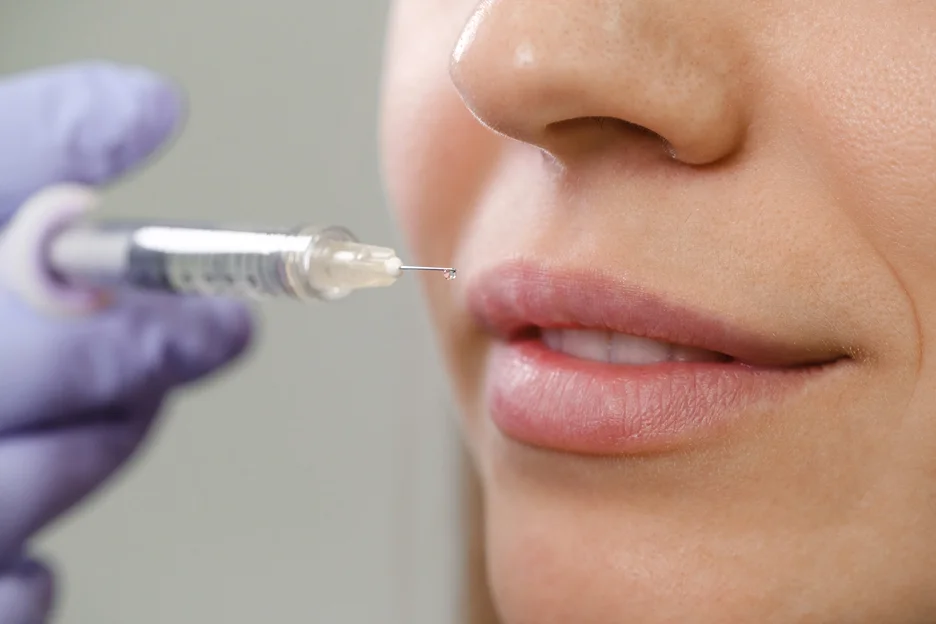
Following your lip filler procedure, it’s essential to adhere to specific post-injection care guidelines to manage swelling effectively.
Here are three key steps to help you care for your lips after the filler injection:
- Apply Ice: Immediately after the procedure, apply an ice pack to the treated area to reduce swelling.
- Avoid Strenuous Activities: Refrain from engaging in strenuous activities for 24-48 hours to allow for proper healing and to minimize swelling.
- Seek Medical Advice if Needed: If you experience extreme or prolonged swelling, or if swelling is accompanied by severe pain, it’s crucial to consult your practitioner or doctor for further evaluation and guidance.
Learn the Ultimate Lip Care Routine – Say Hello to Effortless Beauty!
Lip Fillers at Ethos Aesthetics + Wellness
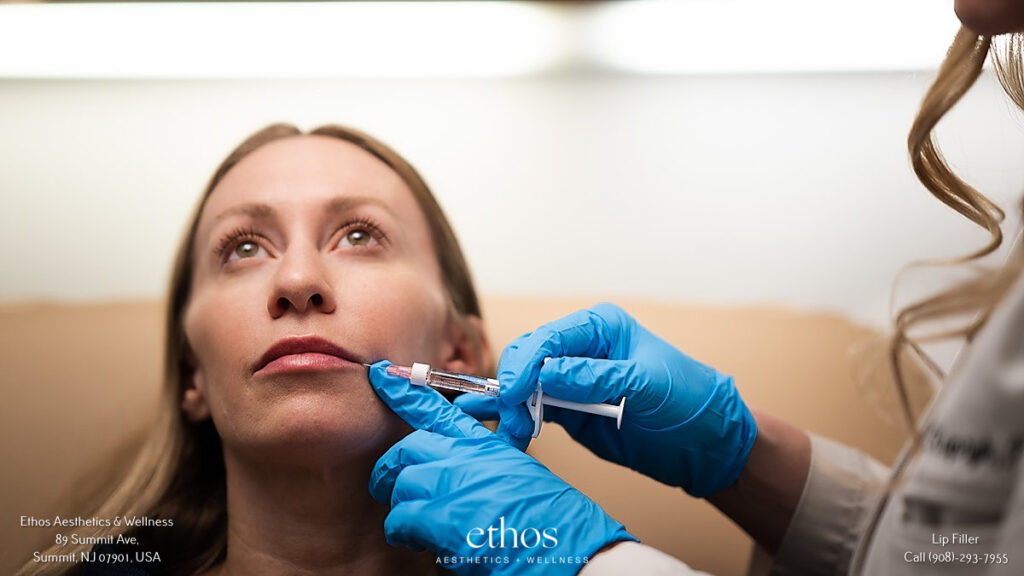
When considering lip fillers at Ethos Aesthetics + Wellness, it’s important to consult with our expert physician injectors to discuss your desired outcomes and create a personalized treatment plan.
Our premier medical spa in Summit, New Jersey, offers safe and cost-effective lip filler procedures, led by highly qualified physician injectors.
At Ethos Aesthetics + Wellness, we prioritize the natural and customized results you desire, providing advanced cosmetic treatments and aesthetic therapies in a luxurious setting.
Our focus on individualized care ensures that you receive the best possible outcome for your lip filler treatment, minimizing the risk of swelling and maximizing the aesthetic benefits.
Trust in our expertise to enhance your lip aesthetics while minimizing potential post-procedure swelling, allowing you to achieve the desired natural-looking results.
Discover the Secret to Stunning Lips – Experience the Ethos Difference!

